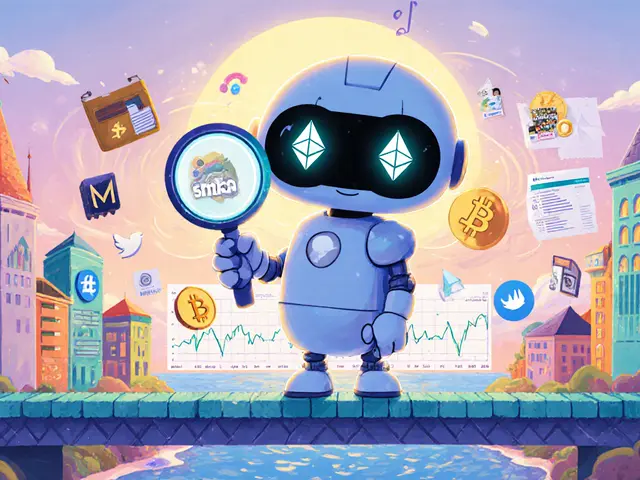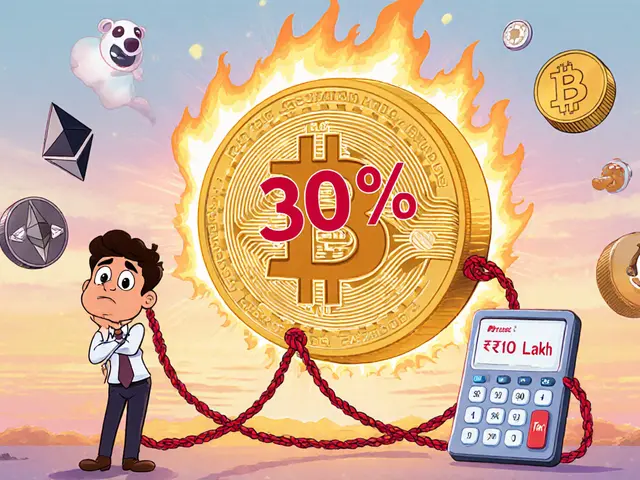Network effects are the hidden force behind Bitcoin and Ethereum's value. More users = more security, liquidity, and utility. Learn how this economic principle drives crypto prices and why most new coins fail to compete.
Ethereum network effect: How It Drives Crypto Adoption and Value
When we talk about the Ethereum network effect, the self-reinforcing cycle where more users attract more developers, which attracts more apps, which brings in more users. It’s not just a buzzword—it’s the reason Ethereum stays on top even after a decade of competition. Every time someone uses a DeFi app, buys an NFT, or stakes ETH, they’re feeding into this cycle. And it’s not magic—it’s math. More users mean more transaction volume, which means more fees for validators, which means more security, which makes the network more trustworthy, which pulls in even more people.
This effect doesn’t just happen on its own. It needs fuel: DeFi ecosystem, a collection of financial apps built on Ethereum that let you lend, borrow, trade, and earn without banks. Think Uniswap, Aave, or Compound—these aren’t just apps, they’re building blocks. Every new DeFi protocol adds another reason for someone to hold ETH. Then there’s crypto developer activity, the constant stream of coders building tools, smart contracts, and new protocols on Ethereum’s open platform. Over 70% of all active blockchain developers still build on Ethereum, not because it’s perfect, but because it’s the most proven, the most supported, and the most connected.
The network effect also shows up in how people use it. You don’t need to be a coder to feel it. When you buy a fan token for AS Roma, or claim an NFT from a game like DogemonGo, you’re interacting with something built on Ethereum. Even when projects launch on other chains, they often bridge back to Ethereum because that’s where the liquidity and users are. That’s the trap other blockchains can’t escape: they can build faster, but they can’t build more than what already exists on Ethereum.
And here’s the kicker—it’s not slowing down. Even during crypto winters, developers keep building. Airdrops like WINGS, FOC, or VDR keep bringing new users into the ecosystem. The Ethereum network effect doesn’t need hype. It just needs time, and it’s had more than most. What you’ll find below are real examples of how this plays out: from airdrops tied to Ethereum-based platforms, to wallets and exchanges that rely on its infrastructure, to the people who profit because they showed up early. This isn’t about speculation. It’s about patterns. And if you want to understand where crypto is headed, you start here.
 6
Nov
6
Nov




